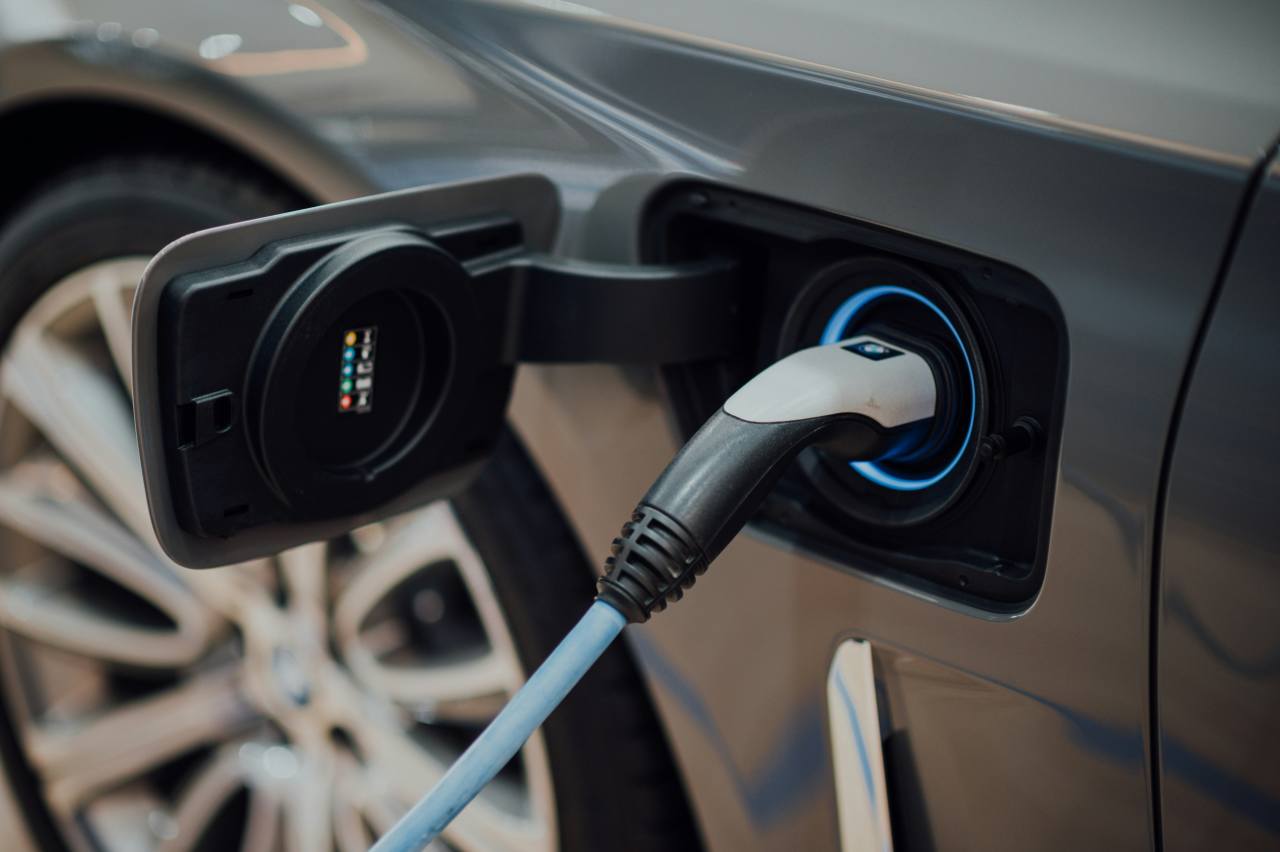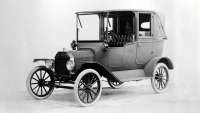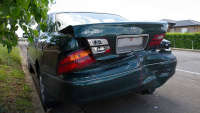Lithium-ion batteries, which are the main batteries used in Electric Vehicles (EVs), hybrids and Plug-in Hybrid Electric Vehicles (PHEVs), are recyclable.
Currently, the life cycle of the lithium-ion batteries that are used to power the majority of electric cars is estimated to be around 10 to 20 years.
Considering the first wave of EVs hit the market roughly a decade ago, that means the world is starting to wonder “Can lithium batteries be recycled?”, pondering electric car batteries’ environmental impact and how to undertake environmentally friendly electric car battery disposal.
With the International Energy Agency predicting an 800 percent increase in EVs over the next decade, electric car battery recycling will soon become a major focus for those wanting to avoid electric car battery waste and electric car battery disposal pollution.
Although the infrastructure to support the mass disposing of lithium batteries and then eventual lithium battery recycling isn’t quite in place yet, there are start-ups that have popped up to deal with this emerging issue.
Another problem is that EV batteries are designed to be cheap and long-lasting, with potential recycling of their materials currently not factored into their production, making recycling the batteries somewhat tricky.
If you’ve got a Tesla or a Nissan Leaf, battery recycling may be something you’ll one day want to consider.
There are currently two main techniques available in regards to how to dispose of lithium-ion batteries and engage in EV battery recycling.
How are lithium ion batteries recycled?
Pyrometallurgy
This process involves burning EV batteries at high temperatures to remove any unwanted plastics or organic matter, and results in only a fraction of the original material being recovered - usually just the copper, nickel or cobalt.
A common pyrometallurgical process for EV batteries is smelting, which is simple but also not very ecologically friendly as the process requires the use of pollution-causing fossil fuels.
It also causes lithium and aluminium to be lost, making it a far from ideal way to recycle electric car batteries. Research into recovering lithium through the condensation of smelter off-gas, however, is currently underway.
There is a technique that avoids fossil fuel use by taking the residual energy in the batteries, such as the organics in the electrolyte, to power the conversion process.
Hydrometallurgy
A common hydrometallurgical process for EV batteries is leaching, which is the process of soaking lithium-ion cells in strong acids to dissolve the metals into a solution.
The success rate of recovering materials, particularly lithium, is much higher using this technique, but it can be an expensive and complex process.
Up until now, mining lithium has been viewed as a cheaper and easier alternative to leaching, but it is gaining in popularity as EV use continues to grow.
Where to recycle lithium-ion batteries
Although there haven’t traditionally been facilities specifically designed to deal with lithium-ion battery recycling, there is a trend emerging of companies popping up to deal with the specific demands of the EV battery recycling process.
Canadian company Li-Cycle has positioned itself as the largest lithium-ion recycler in North America, skipping the fossil fuel pollution caused by smelting by strictly using leaching to recycle EV batteries.
Li-Cycle’s process of EV battery recycling involves dropping batteries in a vat to discharge and shred them before treating the cells in chemicals to assist in the recovery of the metals used in their initial production.
The process results in only a very low amount of air emissions and absolutely no water waste, meaning it has a very low carbon footprint.
Are lithium-ion batteries recyclable in Australia?
Australia produces around 3,300 tonnes of lithium-ion battery waste each year, although the percentage of that number that would compromise EV batteries would be close to zero, due to the current lack of EVs on Australian roads.
Still, there is a lithium-ion recycling problem, as only two per cent of that 3,300 tonnes is recycled each year.
Currently the CSIRO is looking into domestic battery recycling, with research focusing on processes for recovery of metals and materials, development of new battery materials, and support for the circular economy around battery reuse and recycling.
With battery waste expected to reach between 100,000 and 188,000 tonnes annually by 2036, a body called Lithium Australia has invested in the logistical infrastructure necessary to recycle lithium-ion batteries through a partnership with Envirostream Australia, which supports battery recycling nationwide.
What is the future of lithium-ion battery recycling?
There is currently a lot of research and development being undertaken to determine the cheapest and easiest way to recycle lithium-ion batteries.
One major problem with modern battery packs is that they are welded shut, making it difficult to sort and access all of the components and separate the thousands of cells.
US company Aceleron is attempting to combat this problem by creating a hard shell case that is removable, allowing for the cells inside to be replaced or upgraded by simply removing some nuts and bolts.
Regardless of whether this technology is implemented or not, you can expect to see a noticeable shift in the future in regards to the manufacturing and recycling of EV car batteries so that they will leave as little environmental impact as possible.




.jpg)
.jpg)
.jpg)


.jpg)

.jpg)
 copy.jpg)
.jpg)

.jpg)
.jpg)


.jpg)

_0.jpg)
.jpg)




.jpg)
Comments